Characteristics and description of the variety of apple trees Papiroyantarnoye, features of cultivation and yield
If you want to get a harvest of late apples, you should pay attention to the Papiroyantarnoe apple variety. Russian gardeners note the worthy properties of recoil and taste of the fruit. To make the right choice, you should familiarize yourself in advance with the strengths of this apple tree species and the existing cultivation features.
Description of the variety
The apple tree of the Papiroyantarnoye variety is classified as a species with a late-summer term of fruit bearing. Apples are round in shape, but in rare cases they can acquire a cone-shaped appearance. The ribbing of the fruit is visually noted, the skin is smooth and the thinness of its skin can be felt to the touch. Unripe fruits have a greenish-yellow color, which becomes yellow when ready. The peculiarity of apples is the feeling of their transparency. The pulp of the apples is juicy, therefore the description of the variety emphasizes the suitability of the fruit for juicing. Inside they are white, and their structure is a little loose.
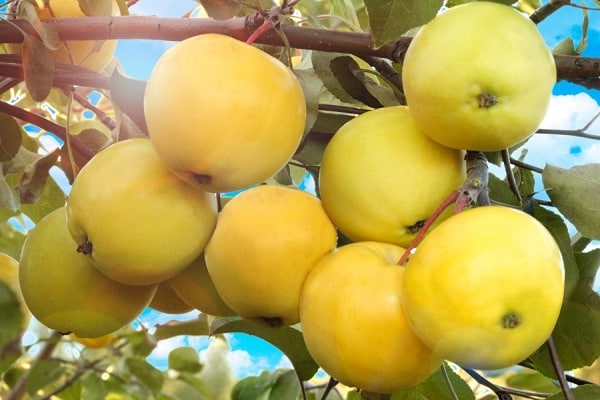
History of creation
The appearance of the variety is associated with the selection work of scientists of the Sverdlovsk region. Thanks to L.A. Kotov and his work on raising apple trees for cultivation in the Ural region, a species with the name Papiroyantarnoe appeared. It was the result of crossing two varieties:
- Folding;
- Amber.
It was the apple trees of this species, the fruits of which do not have an integumentary color, that made it possible to obtain fruits with new characteristics. Today, the garden culture is included in the register of the best varieties and is in demand on the fruit tree market.

Specifications
The variety belongs to a variety of frost-resistant species with a long ripening period. The tree is short and the apples are medium in size. The weight of the bulk of the fruit is 100 g, some representatives are capable of reaching 200 g. Apples of the Papiroyantarnoye variety are consumed not only fresh, they are also suitable for conservation purposes. The chemical composition is characterized by the following indicators:
- sugar - 10.8%;
- acid - 0.8%;
- vitamin C - 19.8 mg per 100 g;
- vitamin P - 258 mg per 100 g.
The variety wins over its parents in terms of taste and ability to long-term storage.
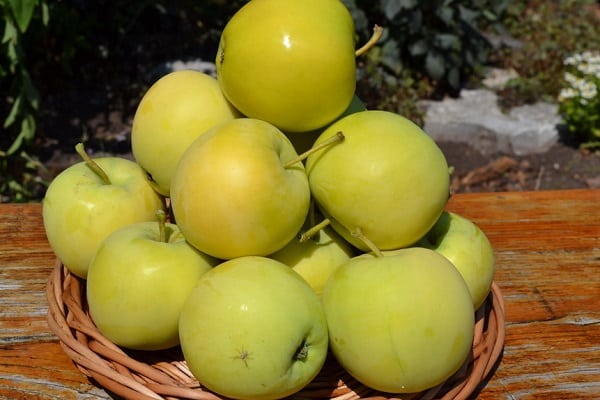
Advantages and disadvantages
The clear advantages include the quality of adaptation to the soil and climate. The strengths of horticultural culture include:
- decent yield indicators;
- good external and taste characteristics of the fruit;
- excellent winter hardiness;
- the ability to resist fungal diseases.
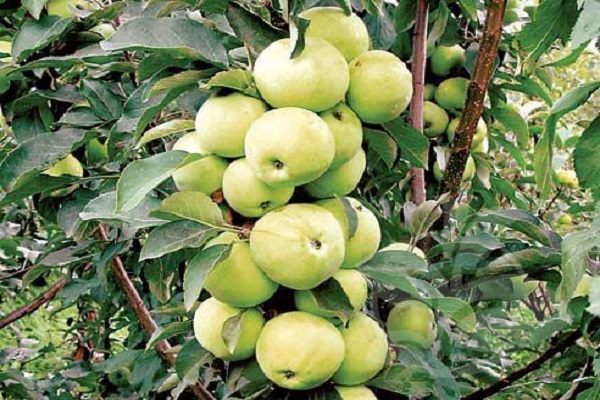
The disadvantages include a short period of fruit preservation. On average, apples do not lose their properties for up to 2 months; if the required storage conditions are observed, the period can be extended to 3 months. Due to their thin skin, they do not withstand transportation well, and the almost simultaneous ripening of the fruits makes it difficult to process the crop.
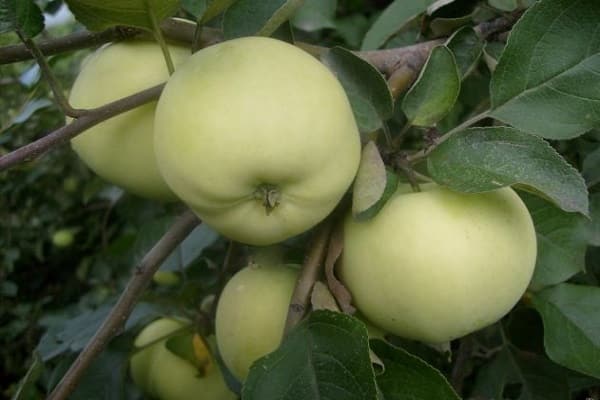
Dimensions of an adult tree
Trees grow of medium height, over time, the triangular young crown acquires an almost round shape. Branches are formed at a wide angle to the main trunk, which can be 90 degrees. The size of an adult fruit tree can reach 7 m.
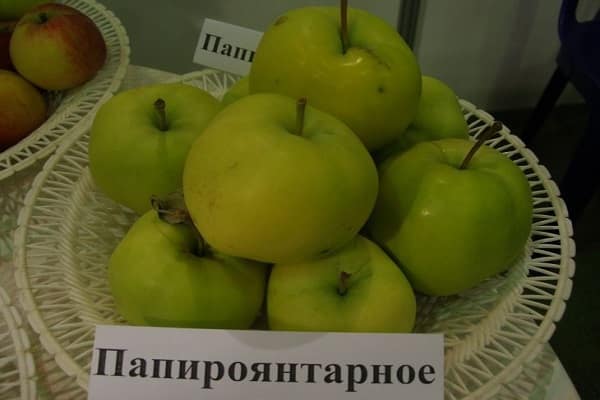
Annual growth
Branch growth is provided by the apical buds. Average indicators are 10 cm per year.
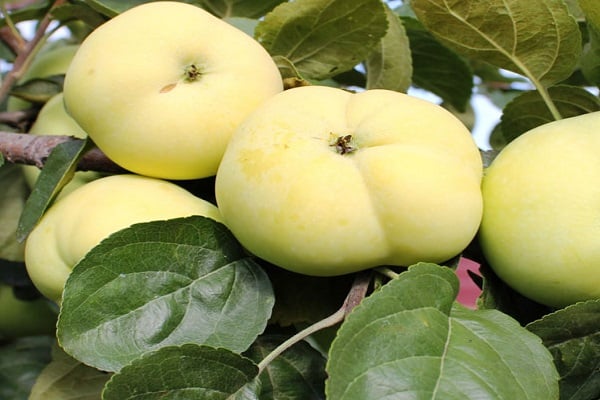
Fruiting
Fruit ripening property is average. The first return of apples can be expected in the 5-7th year after the vaccination procedure.
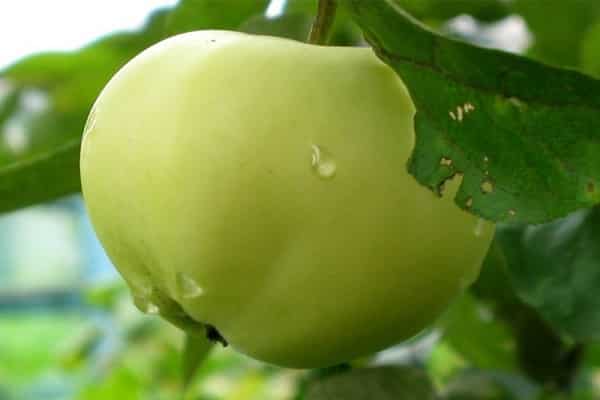
Yield
Apple yields are considered to be stable and the drop in yield is not typical for the variety. Average rates of fruiting and harvesting in the Ural region for a five-year period are 62 c / ha.
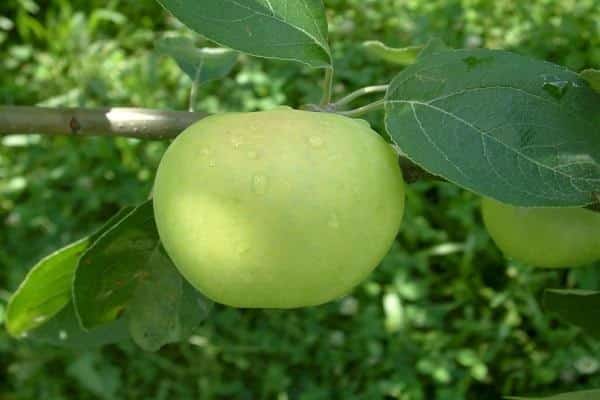
Tasting assessment
The fruits are characterized by a good appearance and sweet-sour tinge, they are referred to as a dessert type. On a scale of 5 points, tasting marks on the criterion of taste are equal to 4.4 points. The chemical composition of apples is rich in vitamins and minerals.
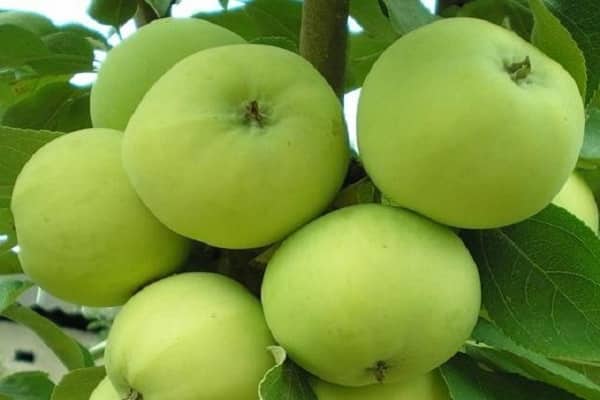
Winter hardiness
The fruit variety has surpassed its parents not only in terms of fruiting performance, but also in terms of frost resistance. Experts talk about the good ability of trees to withstand low temperatures. Trees are able to withstand a drop in ambient temperature to -30 C while providing cover.
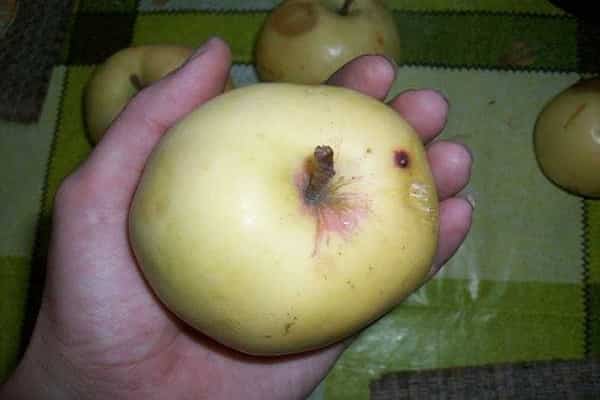
Disease resistance
The apple tree has good resistance to diseases and various types of pests. Even in years with high rainfall, scab damage to leaves and apples is low. Due to its good adaptive qualities, the apple tree quickly adapts to various weather conditions, so it is not prone to infections with rot and powdery mildew.
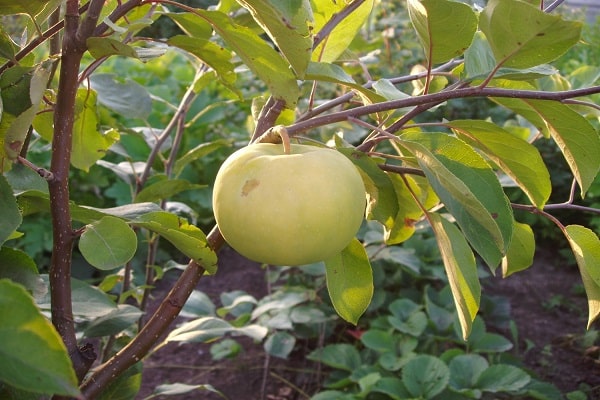
Flowering and ripening terms
The flowering period is mid-May. Harvest time falls on the last days of August. In the absence of anomalous summer, this period falls on the 20th.
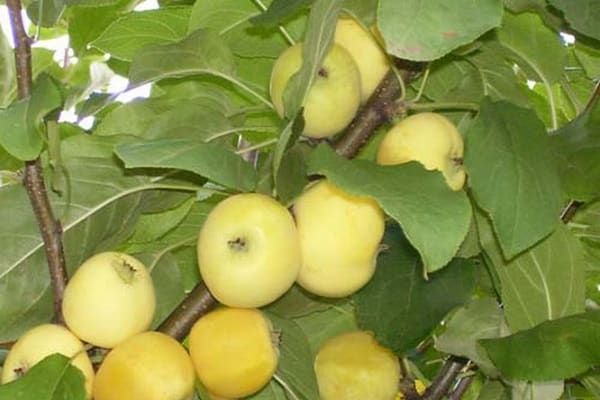
Growing in regions
Initially, the Cigarette Apple variety was created for cold regions with a difficult climate. In the opinion of a significant part of gardeners, the varieties turned out to be promising not only for the Urals, but also for the western Russian regions.
Spring is considered the best time for planting, since trees do not have a well-developed root system, which negatively affects the survival rate of seedlings. In early spring, adult trees are pruned and, depending on the type of soil, they are fertilized with mineral and organic fertilizers.

Growing an apple tree involves:
- ensuring regular watering;
- whitewashing the trunk in order to prevent sunburn and prevent the appearance of diseases;
- spraying for prevention and pest control;
- timely clearing of the surrounding area from falling leaves and plant debris;
- providing shelter in winter when grown in regions with cold climates.
For sufficient air penetration into the ground, periodic loosening and weeding of weeds is required.
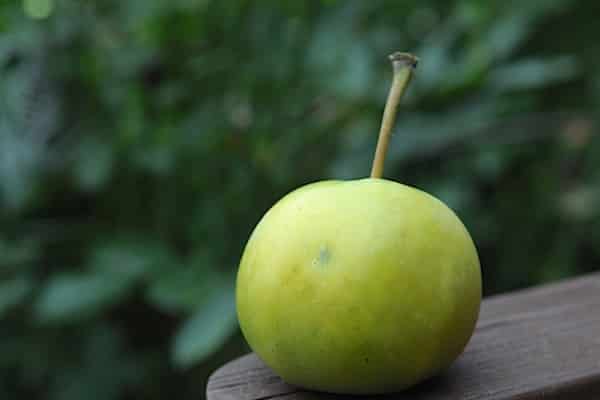

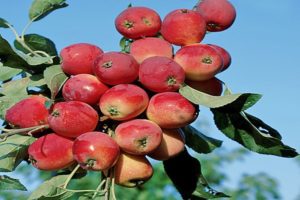
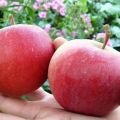
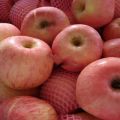

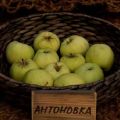
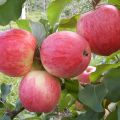
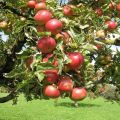
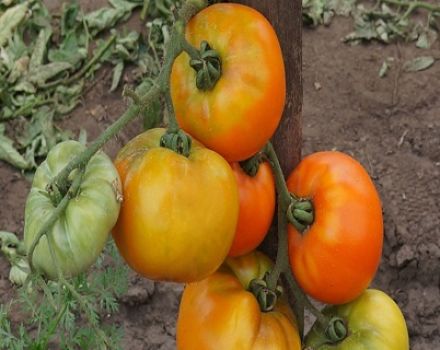

For better results, I recommend trying a plant growth bioactivator BioGrow, an excellent tool that will seriously delight you with quality, a fact verified personally.